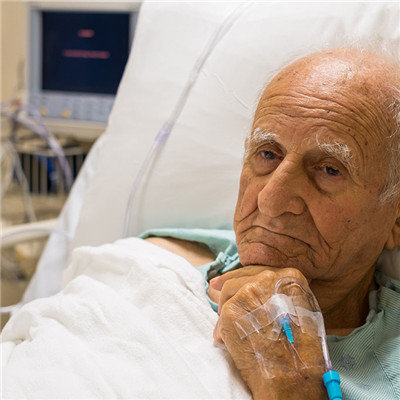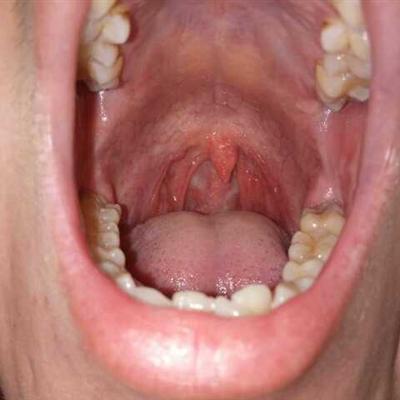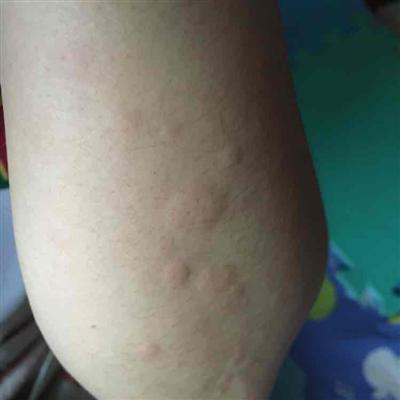Late symptoms of scapulohumeral periarthritis?
summary
You already know a lot about the symptoms of scapulohumeral periarthritis. Do you think it doesn't matter if you suffer from scapulohumeral periarthritis? In the early stage, if it's light, it doesn't affect you much. But in the late stage, it's not convenient to move. You should treat and prevent it in an emergency. Let's take a look at the late symptoms of scapulohumeral periarthritis?
Late symptoms of scapulohumeral periarthritis?
Acute phase: This is the early stage of scapulohumeral periarthritis. Shoulder spontaneous pain, the pain is often persistent, the symptoms of scapulohumeral periarthritis are different. Some symptoms of periarthritis of shoulder acute attack, but most of them are chronic pain, some symptoms of periarthritis of shoulder only feel uncomfortable and bound feeling. The pain is mostly limited to the anterolateral side of the shoulder joint. The symptoms of this kind of scapulohumeral periarthritis can extend to the point of the deltoid muscle. The symptoms of scapulohumeral periarthritis often involve the scapular region of the shoulder, the upper arm or the forearm.
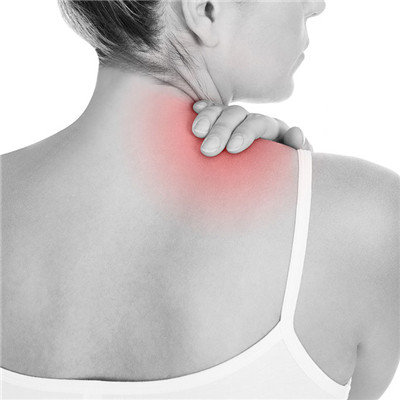
Activities, such as shrugging when wearing a coat or shoulder rotation when the pain increased, can not comb hair and wash face, the affected hand can not touch the back. After that, the shoulder pain increased rapidly, especially at night, and the patient did not dare to lie on his side. Because of muscle spasm and pain, the range of motion of shoulder joint gradually decreased, especially the limitation of abduction and external rotation. The appearance of the shoulder is normal. The local tenderness points were mostly located in the groove between nodules and coracoid process. There are three parts of the body: the bursa of the acromion or the attachment of the deltoid muscle, the attachment of the supraspinatus muscle, and the internal superior angle of the scapula.
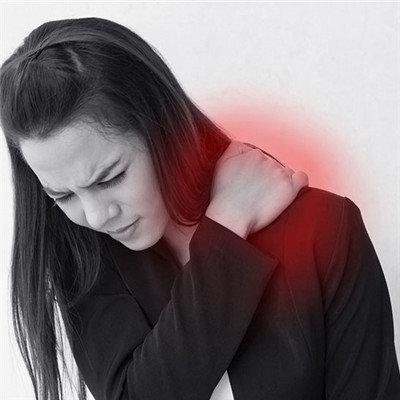
Muscle spasm and atrophy: the deltoid muscle, supraspinatus muscle and other muscles around the shoulder may have spasm in the early stage, and the clinical manifestations of late periarthritis of shoulder may have disuse muscle atrophy, such as acromion protrusion, inconvenient lifting, backward bending and other typical symptoms. At this time, the pain symptoms are alleviated. Mild atrophy of deltoid and spasm of trapezius. There were obvious tenderness in the anterior and posterior edges of supraspinatus tendon, biceps longus tendon, biceps brevis tendon and deltoid muscle. Abduction, external rotation and extension of shoulder joint were limited most obviously, adduction and internal rotation were also limited in a few people, but flexion was limited less. This is also a common clinical manifestation of scapulohumeral periarthritis.

matters needing attention
It is mainly conservative treatment for scapulohumeral periarthritis. Oral anti-inflammatory analgesics, physical therapy, local closure of pain points, massage, self massage and other comprehensive therapy. At the same time, joint function exercises were carried out, including active and passive abduction, rotation, extension and flexion, and circular rotation. When the shoulder pain is obviously relieved and the joint is still stiff, it can be released by manipulation under general anesthesia to restore the range of motion of the joint.




